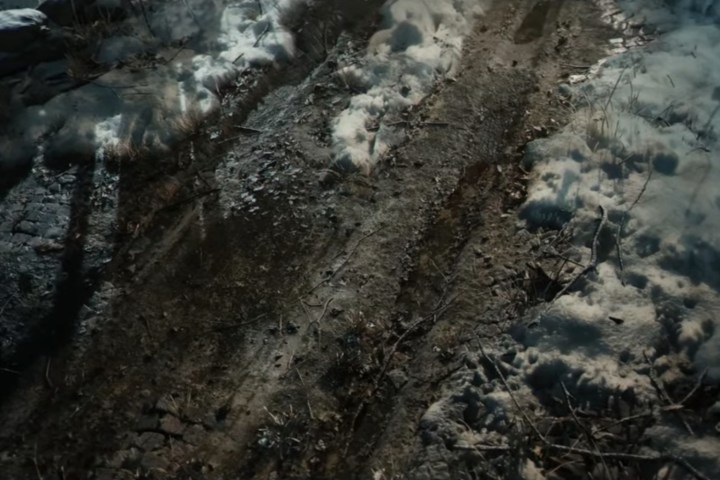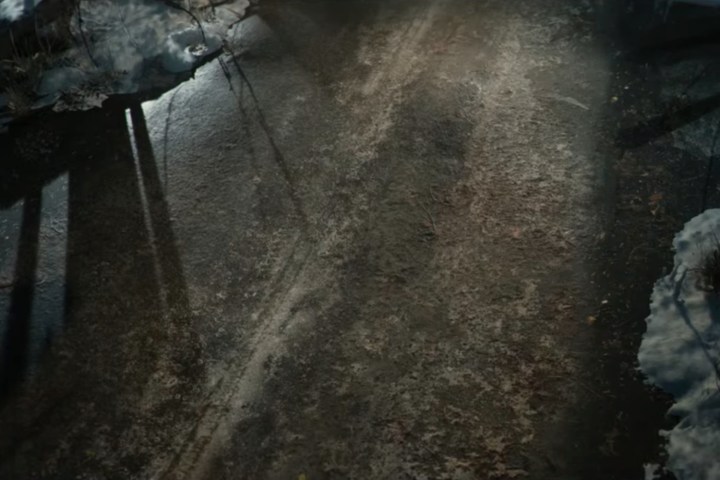During the State of Unreal keynote held at GDC 2024, Unreal Engine revealed some interesting new developments that are coming in the next update of its graphics engine. Developers will now be able to create authentic, highly dense environments and character details in real time in a way that just doesn’t seem to have been possible in the past. The company demoed these new capabilities during an early preview of Marvel 1943: Rise of Hydra, and it’s really quite impressive.
The demo shows us what UE can do now, all directly transmitted with the help of a live-in editor and a virtual camera. Kim Liberi, chief technology officer of Epic Games, and Amy Henning from Skydance Media introduced the audience to a bridge environment set in 1943. Initially, the scene was highly detailed but then it was broken down to its bare bones to visualize just how much is being added in real-time by the editor.
The new updates to Unreal Engine 5.4 allow game devs to build authentic environments with the help of what’s called Nanite adaptive tessellation. The environments are built from the ground up, adding details such as ground texture, snow, or smoke. The lighting is especially impressive, with elements like smoke casting shadows on the ground, but also on itself — and all of this is being added or removed in real time.
“This technique allows you to add an unprecedented level of geometric detail, but it’s also memory efficient and can be changed dynamically in the runtime of your game. Things like footprints, tire tracks, and even supernatural effects can be visualized,” said Liberi, referring to a technique called Nanite. “It’s a really smart, interesting technique to actually get details into the game without crazy amounts of geometry.”
This technology is useful for all kinds of details in the environment, and not just the ground. The demo showed off another new technique in Unreal Engine, known as heterogeneous volumes while zooming in on smoke pouring out of a barrel on fire in the scene.

Get your weekly teardown of the tech behind PC gaming
This would have previously been achieved with particle sprites, but as Liberi noted, the final effect can break down and look flat. “It’s nice from afar, but far from nice,” he added.
Heterogeneous volumetrics cast shadows across the rest of the scene, as well as within itself. This can also be mixed with more traditional methods, such as by adding particles, and all of this can be done natively in the engine or by importing vast data sets. In speaking about the realistic smoke and lighting in the scene, Liberi says the result is “film-quality visual effects, all running in real-time that are totally responsive to dynamic lighting.”
The use of AI in game creation is slowly seeping into the very foundation of gaming, starting with things like AI-driven dialogue powered by Nvidia, up to AI-supported worlds like what we’re seeing here in Unreal Engine. The final result is certainly impressive and may help smaller and bigger game studios create realistic-looking AAA titles.
There are lots more details in Unreal Engine 5.4 for developers that were discussed, as well as more details to be learned. The first preview for Unreal Engine 5.4 is set to be released in late April.
Editors’ Recommendations









